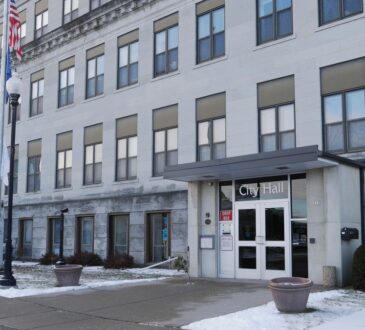
Over the last few years, the housing market has been characterized by skyrocketing prices, leaving many prospective homebuyers feeling disheartened. This surge in prices can be attributed to various factors, including the pandemic, which prompted people to move away from crowded cities and into suburban areas, as well as historically low-interest rates.
The Federal Reserve’s monetary policy, the supply and demand imbalance, and the changing preferences of homebuyers have all contributed to the volatility and unpredictability of the market.
But what does the future hold for the U.S. housing market? Will home prices continue to rise or will they fall? Will affordability improve or worsen? Will homeownership become more or less attainable? These are some of the questions that many people are asking as they plan their housing decisions for the next 10 years.
A report by Realtor.com from March 2023 reveals that the monthly cost of financing a home, assuming a 20% down payment, has risen by nearly $630 compared to the previous year. This significant financial burden has raised questions about the future affordability of homes.
Housing Market 10-Year Forecast
According to a study by RenoFi in October 2020, the average price of a single-family home in the United States could reach $382,000 by 2030. However, the actual cost varies significantly by location. For instance, in February 2023, the median price of a home in New York City was $760,000, while in Albany, Upstate New York, it averaged $219,000.
RenoFi also predicts the 2030 average home values for specific cities. San Francisco tops the list with an astonishing average home value of $2,612,484, followed by San Jose at $2,251,703 and Oakland at $1,713,554.
Over the past decade, housing prices in the U.S. increased by 48.55%, and RenoFi assumes a similar rate of increase for the next ten years. By 2030, New York City is expected to have an average home value of $964,101, Nashville at $539,292, and Houston at $309,806.
When examining how prices in the nation’s 50 most populated cities might look in 2030, it’s unsurprising to find that six of the top ten most expensive cities are situated in California.
Remarkably, San Francisco and San Jose could see average home prices exceeding $2 million if they maintain their current growth rate. Six additional cities, including Oakland, Seattle, Los Angeles, San Diego, Boston, and Long Beach, may also experience house prices rising above the $1 million threshold.
To estimate property prices in 2030, the study examined the average prices in each state and the 50 most populated cities in the US as of September 2020 and compared them to data from ten years earlier (September 2010). The rate of change in values between these two-time points was calculated and applied to the average prices in September 2020 to forecast their potential values in 2030, assuming that the same trajectory continues.
Factors Driving Home Price Increases
Home value does not always equate to the actual purchase price, but it represents the likely selling price based on market conditions. Homebuyers may agree to pay more or less than the home’s value. Several factors drive up home values, including supply and demand, interest rates, and wage increases.
According to experts, home prices have continued to rise, outpacing wage increases. While wages have increased from an average of $24,859.17 in 1996 to $51,916.27 in 2019, the impact of inflation and the rising cost of living make homeownership seem more distant for many.
Preparing for Higher Home Prices
Aspiring homeowners are encouraged to take steps to improve their chances of affording a home in the future. Starting to save early is key, as it allows for the accumulation of a larger down payment. Consistency in saving is vital.
Investing the saved money, especially for those planning to buy a home in five to ten years, can help combat inflation. Index funds, robo-advisors, and platforms like Acorns offer various options for investing with different levels of involvement.
It’s important to consider a longer time horizon for investments to ride out market fluctuations, and be aware of potential tax implications when selling assets.
Predicting 2030 Home Prices and Mortgage Rates
Predicting home prices in 2030 is challenging, but experts anticipate that growth will align more closely with historical norms, with annual increases between 3 and 5 percent.
Regarding mortgage rates, their future remains uncertain. The Federal Reserve’s efforts to control inflation have led to rising rates. While the exact trajectory is unclear, some experts believe that mortgage rates will become more favorable in the coming years, potentially offering opportunities for homebuyers to lock in lower rates.
Overall, while the path to homeownership may seem daunting, early preparation and strategic financial planning can help individuals navigate the evolving housing market and realize their dream of owning a home.
ALSO READ: Housing Market Predictions for Next 5 Years


